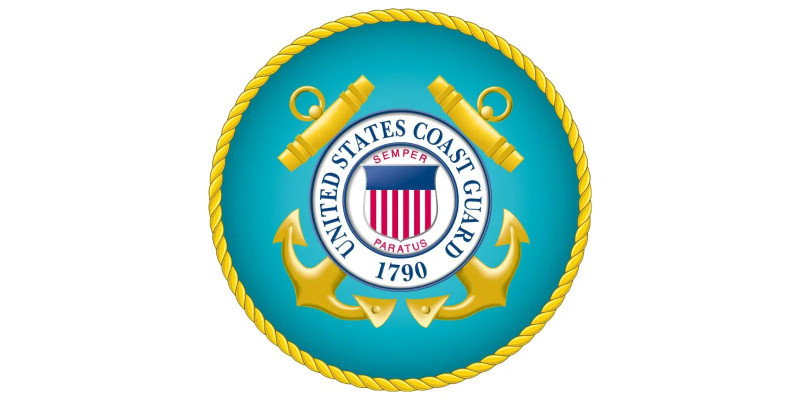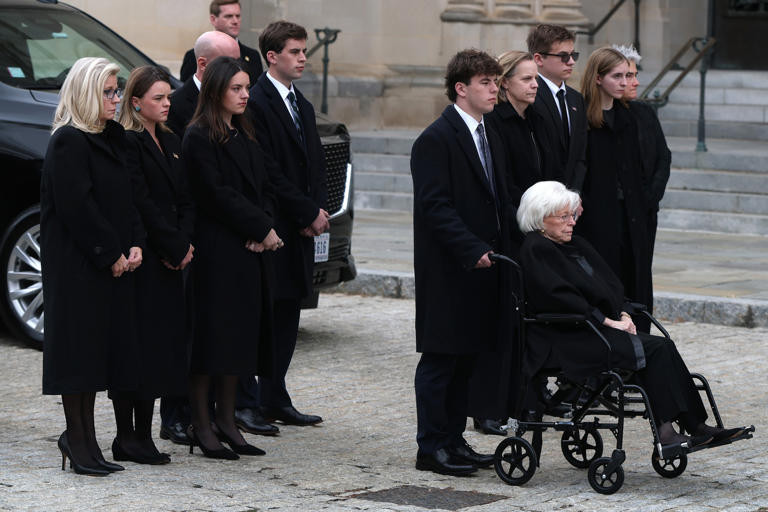The U.S. Coast Guard has sparked controversy with a new policy that reclassifies swastikas and nooses as "potentially divisive" rather than hate symbols. This change, set to take effect next month, has raised significant concerns about the military service's commitment to fostering a safe and respectful workplace. The new guidelines will downgrade the level of scrutiny needed to order the removal of these symbols from Coast Guard facilities.
The decision to reclassify these symbols has been met with criticism from various quarters. Critics argue that symbols like the swastika, which is inextricably linked to the Nazi regime and its atrocities, should be unequivocally condemned as hate symbols. The swastika is perhaps the best-known symbol of the Nazi regime in history, and its display is widely associated with oppression and hatred.
The new policy, however, aims to address the issue by classifying these symbols as "potentially divisive," which may lead to a more nuanced approach to their removal. Under the revised guidelines, Coast Guard personnel will have 45 days to report a display of swastikas or nooses, allowing for a more measured response to their presence.
The Coast Guard has emphasized its commitment to maintaining a safe, respectful, and professional workplace. The military service, which falls under the Department of Homeland Security, has drafted a new policy that classifies symbols like swastikas and nooses as "potentially divisive" rather than hate symbols. This change is part of a broader effort to address the display of such symbols in a more nuanced manner.
The Coast Guard has denied claims that it will stop classifying swastikas, nooses, and co-opted flags as hate symbols. The service has stated that the new guidelines are intended to provide a more nuanced approach to addressing the display of these symbols, rather than a complete reversal of its stance on hate symbols.
The controversy surrounding the Coast Guard's new policy highlights the complexities involved in addressing hate symbols within the military. While the reclassification of swastikas and nooses as "potentially divisive" may provide a more nuanced approach to their removal, it also raises concerns about the military's commitment to fostering a safe and respectful workplace. The Coast Guard's decision to reclassify these symbols as "potentially divisive" rather than hate symbols is a significant shift in policy that has sparked controversy and debate.



